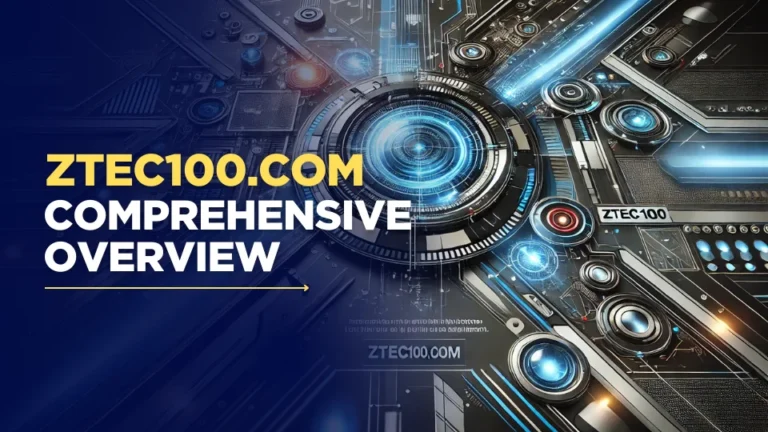What Are Proper Security Measures for a Debit Card Account?

Debit cards provide a convenient way to access your money, but they also come with security risks such as fraud, identity theft, and unauthorized transactions. To keep your debit card account safe, it is essential to follow proper security measures. This article will guide you through the best practices for safeguarding your debit card, from basic precautions to advanced security techniques.
Importance of Debit Card Security

With the rise in digital transactions, debit card fraud has become a growing concern. Criminals use various tactics, including skimming, phishing, and hacking, to gain access to bank accounts. A compromised debit card can lead to financial losses and stress. Unlike credit cards, debit card fraud directly affects your bank balance, making it even more critical to take appropriate security measures.
Basic Security Measures for Debit Card Protection

1. Keep Your Card and PIN Secure
- Never share your debit card PIN with anyone, including family and friends.
- Use a strong and unique PIN, avoiding obvious numbers like your birthdate or “1234.”
- Regularly change your PIN to reduce the risk of unauthorized access.
- Cover the keypad when entering your PIN at ATMs or point-of-sale (POS) terminals.
2. Monitor Your Account Regularly
- Frequently check your bank statements and transaction history for any suspicious activity.
- Set up SMS or email alerts to receive instant notifications of transactions.
- Report any unauthorized transactions to your bank immediately.
3. Be Cautious When Using ATMs
- Use ATMs located in secure and well-lit areas, preferably inside bank branches.
- Inspect the ATM for skimming devices before inserting your card.
- If an ATM looks suspicious or does not return your card, report it to your bank.
Advanced Security Measures for Debit Card Protection

4. Use Secure Online Banking Practices
- Always log in to your bank’s website using a secure and private internet connection.
- Avoid accessing your online banking account on public Wi-Fi networks.
- Enable multi-factor authentication (MFA) for added security.
- Use strong and unique passwords for your banking accounts.
5. Beware of Phishing and Scams
- Do not click on links in unsolicited emails or messages claiming to be from your bank.
- Verify the authenticity of any request for your personal or banking information.
- Be cautious of phone calls from individuals claiming to be bank representatives.
6. Use Virtual Debit Cards for Online Transactions
- Many banks offer virtual debit cards with a temporary number for secure online shopping.
- Virtual cards reduce the risk of your real debit card being compromised.
What to Do If Your Debit Card Is Lost or Stolen

7. Report the Loss Immediately
- Contact your bank’s customer service helpline as soon as you realize your card is missing.
- Request to block or deactivate the lost card to prevent unauthorized use.
8. Request a Replacement Card
- Order a new debit card with a different number and CVV code.
- Change your PIN and update your card details for automatic payments.
9. Dispute Unauthorized Transactions
- If you notice fraudulent charges, file a dispute with your bank.
- Provide necessary documentation and follow up until the issue is resolved.
FAQs About Debit Card Security
Q1: How often should I change my debit card PIN?
A: It is recommended to change your PIN every three to six months to reduce security risks.
Q2: Is it safe to save my debit card details on websites?
A: No, storing card details on websites increases the risk of data breaches. Use virtual cards instead.
Q3: What should I do if I receive a suspicious email about my debit card?
A: Do not click on any links. Instead, contact your bank directly to verify the authenticity of the email.
Q4: Can I use my debit card for international transactions?
A: Yes, but inform your bank beforehand and ensure your card has international transaction security enabled.
Q5: How can I prevent skimming at ATMs?
A: Inspect the ATM for any unusual attachments, use contactless payments when possible, and avoid ATMs in isolated areas.
Conclusion
Protecting your debit card account requires vigilance and proactive security measures. By keeping your card and PIN secure, monitoring your account, using secure online banking practices, and staying alert to scams, you can significantly reduce the risk of fraud. If your card is lost or stolen, act quickly to report and replace it. Following these best practices will help you safeguard your hard-earned money and enjoy a secure banking experience.






